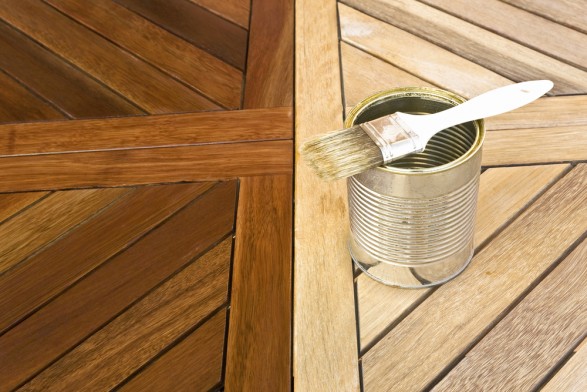Why choose treated wood?

Decks, fences and other outdoor projects can provide years of entertainment as well as a beautiful landscape for your home. Wood is not only a very attractive material for this, but also inexpensive and easy to work with. However, wood makes a wonderful playground for the insects and bacteria in your garden and if left untreated can deteriorate within a few years. Choosing treated wood can really prolong the life of your outdoor projects and keep them looking great in the face of weathering, insects and decay.
Pressure-treated wood is a popular outdoor building material; softwood lumber that has been chemically treated to resist rot, decay and pests. The wood is treated in a pressurised tank where chemical preservatives are forced deep into the wood’s fibres. This creates an exterior-grade wood that’s ideal for building decks, fences, sheds, picnic tables, swing sets and other outdoor projects. However, the level of rot resistance is directly related to the amount of chemical preservatives in the wood and the type of chemicals used, which means not all treated wood is the same. A board’s level of treatment is expressed in pounds of preservative per cubic foot of wood; the higher the number, the more rot-resistance the wood is. Wood with lower levels of treatment are appropriate for ‘above ground use’, and those with higher levels of treatment are used for ‘ground contact’ purposes. Pressure treated wood does require special considerations and usage. Firstly, because of the high level of copper in pressure treated wood, standard steel fasteners will corrode up to five times faster than when used in untreated wood. Make sure to choose galvanised or stainless steel fasteners and components. Also, during the pressurising process the wood is saturated with a chemical solution mixed with water and after this the wood takes several months to dry. This means that there may be some shrinkage and warping as the lumber dries out. You also need to make sure that it is fully dried out before painting or staining it. Because of the process the wood has undergone, it really is a wood for all seasons; a durable exterior building product that is insect and rot resistant, perfect for projects that make your garden and outdoor areas more enjoyable for longer.

